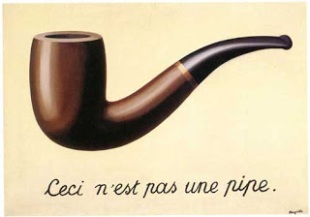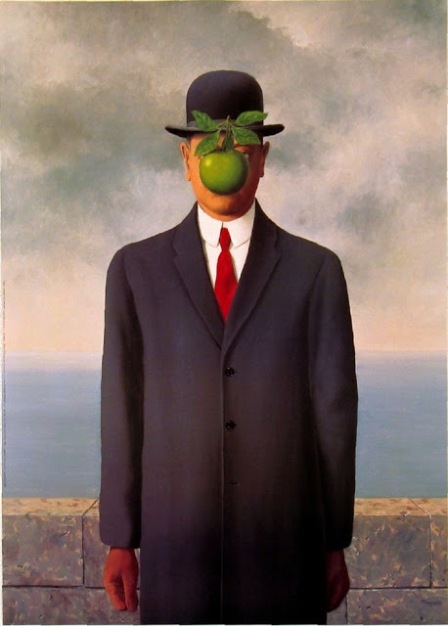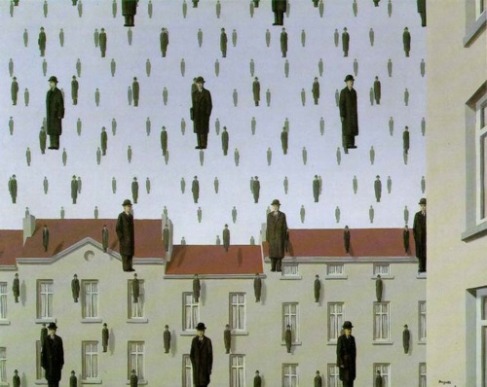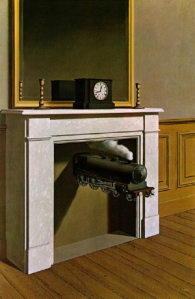Rene Magritte is Belgian artist who was involved in the Surrealist movement after meeting Breton in Paris around 1927. Many of his works show normal, everyday objects, however, they are given new meanings because of the unusual way he organizes them. He paints real objects, yet it is not meant to be a representation of that object in reality, but rather, paint on a canvas. For example, Magritte paints a pipe and titles it”Ceci n’est pas une pipe”, which translates as “This is not a pipe”. The painting itself is not a physical pipe, but nothing more than a painting of one. Paintings are not meant to be representative of reality and in many cases it is purposeful to call attention to the fact that it is paint. An apple on the canvas is a painting of an apple and Magritte points out that we can never catch the item itself, no matter how accurately it is depicted.
http://jamespriestpomo12.blogspot.com/2012/01/rene-magritte-ceci-nest-pas-une-pipe.html
Magritte does not exemplify the automatism of Surrealism and his early interest in abstraction shaped his Surrealist paintings. He described the period following World War II as ‘surrealism in the sunlight’. Magritte said “the art of putting colors side by side in such a way that their real aspect is effaced, so that familiar objects—the sky, people, trees, mountains, furniture, the stars, solid structures, graffiti—become united in a single poetically disciplined image. The poetry of this image dispenses with any symbolic significance, old or new.”
http://fashionfanboy.blogspot.com/2011/04/son-of-man.html
Several of Magritte’s most famous paintings include a man in a top hat, in which his face is never visible. It is either covered by an apple, a bird, or turned away. He also did a work of two lovers, both with their faces covered by a white cloth. This theme of no personal identity is illustrated in many of his works. Every one of his paintings illustrates the the Surrealist ideas put forth in Breton’s manifesto because they each represent a dream like state. There is quality that they surpass reality and we can see into the mind of Magritte.
Rothman, Roger. “A Mysterious Modernism: René Magritte And Abstraction.” Konsthistorisk Tidskrift 76.4 (2007): 224-239.Art Full Text (H.W. Wilson). Web. 27 Nov. 2012.
“Biography.” Musee Margritte Museum. N.p., n.d. Web. 27 Nov. 2012. <http://www.musee-magritte-museum.be/Portail/Site/Typo3.asp?lang=FR>.
-Dana Rich




